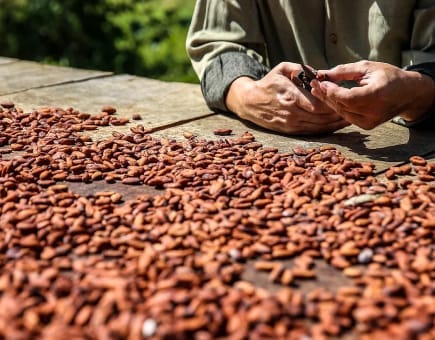Previous article
Basic Lightroom Photo Editing Tips for Beginners
Next article

These cameras are rugged and durable, they have stellar battery life, and they use an optical viewfinder, meaning you can look through the lens with your own eyes. When it comes to upgrading from a point-and-shoot, you still can’t do much better than a DSLR.

Lorem Ipsum is simply dummy text of the printing and typesetting industry. far far away been the industry's standard dummy text ever since the Aldus PageMaker including versions of Lorem Ipsum.
Today, more people than ever are taking photographs, and watching them learn is part of what inspires the photographer and best-selling author Tom Ang, who has been teaching photography for more than forty years.

Lorem Ipsum is simply dummy text of the printing and typesetting industry. far far away been the industry's standard dummy text ever since the Aldus PageMaker including versions of Lorem Ipsum.
Unlike merely pressing the shutter button to take a standard snapshot, creating a photograph is the deliberate and intentional process of choosing what to include in the frame and how to use those elements to construct a compelling story or evoke an emotion. Of course, part of that process lies in understanding your camera. If you’re shooting in auto mode 100% of the time, you might not be getting the most out of your camera—or fully expressing your creative vision.
While the features of a DSLR might seem overwhelming at first, they’re actually pretty straightforward once you break them up into smaller, more manageable parts. In this article, we’ll cover the fundamentals of using your DSLR and taking full advantage of all it has to offer.
Your aperture, shutter speed (also known as exposure time), and ISO—collectively called the “exposure triangle"—are the three key settings that control how bright or dark your image is, among other things. Opening your aperture will let in more light and narrow your depth of field, while slowing your shutter speed (lengthening your exposure) will allow in more light and add motion blur. Bumping up your ISO will make your photos brighter but also increase digital noise.
On your DSLR, your shooting mode determines how much control you have over these three settings.
While your focal length is a property of the lens and remains the same regardless of your camera, your choice of camera will affect your field of view, based on its sensor size. When camera shopping, you have the choice of a full-frame sensor, which is the same size as 35mm film, or a cropped sensor. A cropped sensor means a narrower field of view.
Sometimes, you’ll hear photographers refer to “true focal length” versus “equivalent focal length.” If you’re using a full-frame camera, these two measurements are the same. If you’re using a cropped sensor, the “true focal length” still refers to the number written on the lens, but the “equivalent focal length” can be used to describe the “35mm equivalent” field of view of your lens, which comes in handy if you’re used to shooting with a full-frame camera.
Camera manufacturers will give you a crop factor based on the sensor size to help you calculate this equivalent focal length for different lenses. As an example, if you have a camera with a 1.5 crop factor, and you combine it with a nifty fifty, your true focal length will still be 50mm, but your field of view would be equivalent to what you’d have if you used a 75mm lens on a full-frame camera.
Our product is for you. You will get all the topics in our documentation. If you don't get anything in our documentation, feel free to contact with us. We are here 24/7 to help you Contact
© 2025 All copyright reserved. Published with Ghost and Electronthemes
Leave a comment